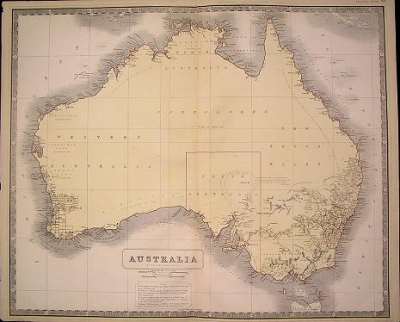THE DIRECTORY OF AUSTRALIA SILVERSMITHS
|
|
|
created by Giorgio B. owner of www.silvercollection.it ©  |
| This is a page of A Small Collection of Antique Silver and Objects of vertu, a 1500 pages richly illustrated website offering all you need to know about antique silver, sterling silver, silverplate, sheffield plate, electroplate silver, silverware, flatware, tea services and tea complements, marks and hallmarks, silver marking system and silver hallmarks guide, articles, books, auction catalogs, famous silversmiths (Tiffany, Gorham, Jensen, Elkington, WMF, Reed & Barton, Mappin & Webb, Bateman Family), history, oddities ... SITE MAP - HOME PAGE |
| AUSTRALIA SILVERSMITHS ALPHABETICAL LISTING - D - |
| AUSTRALIAN SILVERSMITHS
A
B
C
D
E
F
G
H
I
J
K
L
M
N
O
P
Q
R
S
T
U
V
W
X
Y
Z
NOT IDENTIFIED ALPHABETICAL LISTING OF MARKS |
(click on the photo to enlarge image)
| SILVERSMITH'S NAME AND MARKS |
SILVERSMITH'S INFORMATION |
STEWART DAWSON & CO
 |
Victoria, Melbourne & Sydney A retail business established in 1869 in London, UK, by David Stewart Dawson. The firm Stewart Dawson & Co was active as jewellers and watch manufacturer at Hatton Garden London, with premises in Melbourne and Sydney, Australia. In 1907 the firm was converted to Stewart Dawson & Co Ltd (until c. 1935). Various sterling silver hallmarks were entered in Birmingham, Chester and London Assay Offices |
J.M. DEMPSTER LTD |
New South Wales, Sydney merchant jewellers and silversmiths active at 311 George Street, Sydney |
DENIS BROS.

 |
Victoria, Melbourne active 1850s/1880s |
DICK Alexander











 |
New South Wales, Sydney active 1820s/1840s |
DOIG & HORN
 |
Fremantle, Western Australia partnership of Charles Doig and Charles Horn. Active in 143 High Street, Fremantle, 1916-1929 |
DRUMMOND William




 |
Victoria, Melbourne founded in 1872 as Brush & MacDonnell Company (partnership of Samuel Brush and William Drummond) in Collins Street. Samuel Brush died in 1878 and the firm was renamed Drummond & Co. Later William Drummond (d.1917) moved the company to Bourke Street. W.J. Sanders acted as supplier of the Drummond retail jewellery business. |
|
HALLMARKS OF ENGLISH SILVER -
MAKER'S MARK IDENTIFICATION
|
| IMAGES | A& AC |
AD AK |
AL AZ |
B& BB |
BC BO |
BP BZ |
C& CA |
CB CC |
CD CF |
CG CL |
CM CS |
CT CZ |
D& DB |
DC DL |
DM DZ |
E& EA |
EB ED |
EE EH |
EI EO |
EP EZ |
F& FD |
FE FJ |
FK FZ |
G& GB |
GC GG |
GH GL |
GM GR |
GS GZ |
| IMAGES | H& H& |
HA HB |
HC HE |
HF HL |
HM HU |
HV HZ |
I& IG |
IH IL |
IM IZ |
J& JA |
JB JC |
JD JG |
JH JK |
JL JQ |
JR JR |
JS JS |
JT JZ |
KA KZ |
L& LB |
LC LZ |
M& MB |
MC MI |
MJ MZ |
N& NZ |
OA OZ |
P& PK |
PL PZ |
QA QZ |
| IMAGES | R& RB |
RC RG |
RH RK |
RL RQ |
RR RZ |
S& SB |
SC SI |
SJ SR |
SS SZ |
T& TC |
TD TG |
TH TN |
TO TS |
TT TZ |
UA UZ |
V& VZ |
W& WA |
WB WB |
WC WC |
WD WE |
WF WG |
WH WL |
WM WM |
WN WR |
WS WS |
WT XZ |
YA YZ |
ZA ZZ |
|
BRITISH TOWN MARKS AND DATE LETTERS
|
AUSTRALIA AND ITS SILVER
A BRIEF HISTORY
|
|
